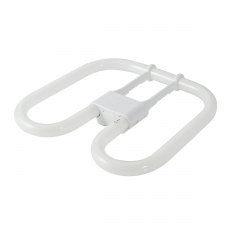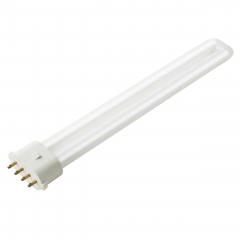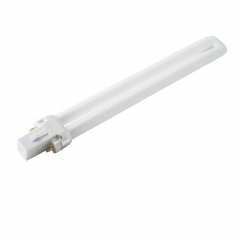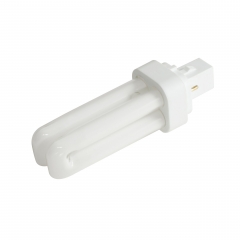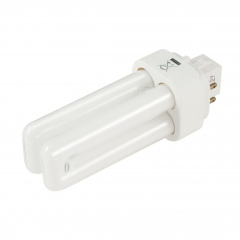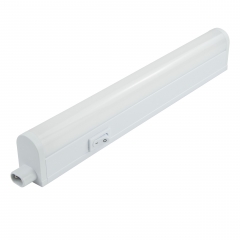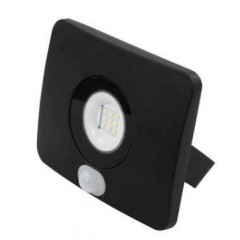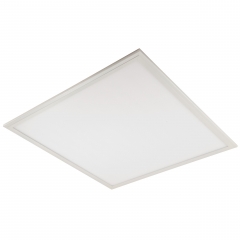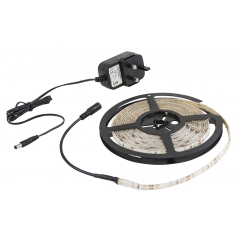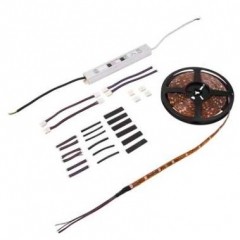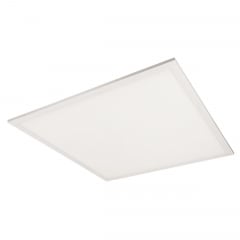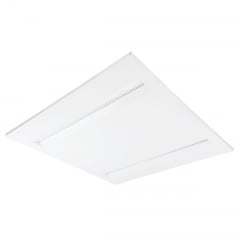
Lighting
Installing modern, eco-friendly lighting is one of the best ways homes and businesses can reduce their energy bills. Our range of lights has something for every application, from LED downlights for the kitchen to security floodlights to protect building sites and a lot more besides. Browse our range below to get the best prices online or get in touch if you'd like a bespoke quote for a larger order.
Let There Be Light
Lighting is the most important part of any room. If a room doesn’t have appropriate lighting, it’s impossible to use! Whether you’re looking for bright, functional lighting for the workplace or something cosier and more stylish for your living room, you’ll want to make sure you have the right lights. So, how do you choose the right ones? If you’re an electrician or if you already know what you’re looking for, you can browse the range above. If you don’t have much experience with lighting, you might not know what all the technical terms mean, so you might not fully understand what specification you need. If that’s the case, keep reading – our lighting guide will help you make the right choice.
Lumens
Brightness is measured in lumens. Put simply, the higher the lumen output a light has, the brighter it'll be. Modern LED lamps are incredibly efficient and can produce a high lumen output from a relatively small amount of energy – a 14W LED lamp can light up an average-sized room with ease.
Colour Temperature

Most standard lighting gives off a white light, but there are many different shades of white to choose from. This is known as the colour temperature, and it’s measured in kelvins (K). Lower colour temperatures have a warmer, orangey hue. The middle of the scale is a neutral white colour, while higher colour temperatures give off a cool bluish light. Remember that colour temperature is nothing to do with the actual temperature or brightness of the light – it simply measures what shade of white it is.
Warm White Lights
While the lowest number on the colour temperature scale is 1000K, the warmest-looking lights are around 2000K. Warm lights of between 2000-3000K will make a room feel cosy and give off a relaxing ambience, which makes them perfect for living rooms and kitchens. If you’re looking for decorative lighting, go for a warmer shade.
Neutral White Lights
3500-5000K lights are a more neutral white colour. This makes them useful for rooms with a predominantly white décor as they make white rooms feel brighter and more hygienic – usually, these are bathrooms, medical facilities, and care homes. As they make a room feel brighter, they’re also good for installing in stairwells, multi-storey car parks, and outdoor areas as well.
Daylight
5500-6500K lights are known as daylight. Lights of this colour temperature are predominantly white with a faint bluish hue, which imitates the colour temperature of daylight. Lights of this nature often feel too harsh for homes, but they are useful for offices and industrial buildings. You can use daylight-colour lights in corridors, stairwells, warehouses, and other areas to give them a clean, more professional, and practical look.
Colour Rendering Index
The colour rendering index (CRI) of a light tells you how well it brings out the colour of anything it shines on. A light with a low CRI might make anything it shines on look dull and washed-out. If it shines on, say, a painting, you might not be able to pick out subtly different shades of colour on the canvas. For some applications, this doesn’t matter, but for homes, showrooms, and galleries, you want to make the most out of the colour in the room and choose a light with a CRI of 80 or above.
IP Ratings
The IP in an IP rating stands for ingress protection. It’s a measure of how well-sealed an electrical appliance is against dust (or other solid objects) and water. It’s expressed as two numbers – for example, IP45. The first number (in our example, the 4) tells you how well-protected the unit is against solid objects. It’s scored from 1-6, with 1 being protected against large parts of the body (like a hand) and 6 being completely dustproof. The second digit (in our example, a 5) tells you how well-sealed it is against water. This number is scored from 1-9, with 1 being protected against falling droplets and 9 being protected against high-pressure water jets and immersion.
If you plan to install a light outside (or in certain bathroom zones), you’ll want it to be at least IP65 rated. This will ensure your light is protected against the elements and won’t break down in high wind or rain.
Operating Temperature
All electrical appliances have an operating temperature range. It tells you the range of temperatures that your lights can operate at. For example, a light with an operating temperature of -25°C to 45°C will work in extreme conditions. LED lights tend to have a wider range of operating temperatures than fluorescent or incandescent bulbs. If you’re installing your lights outdoors or in a specialised industrial environment that uses extreme temperatures, this is something you’ll need to look at.
Motion-Sensitive Lights
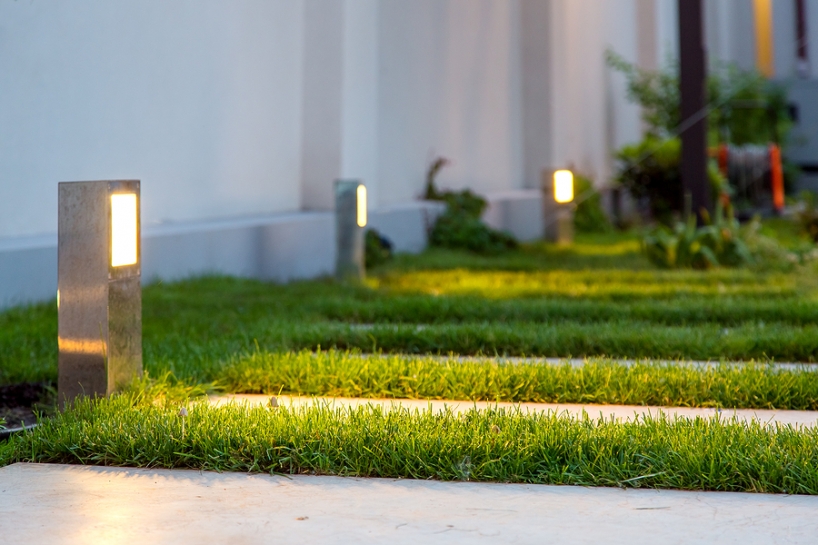 Some lights have motion-sensing technology which they use to turn on automatically whenever they detect movement. These models are commonly used as security lights to protect homes and offices, but they can be used indoors, too. Motion-sensitive high bay lights and downlights can be used to reduce wasted energy as they'll only switch on when they sense someone in the room. If you have a room you don't want to light all day, every day – for example, a stairwell or storage room – a motion-sensitive light will turn on when someone enters and switch off after everyone leaves.
Some lights have motion-sensing technology which they use to turn on automatically whenever they detect movement. These models are commonly used as security lights to protect homes and offices, but they can be used indoors, too. Motion-sensitive high bay lights and downlights can be used to reduce wasted energy as they'll only switch on when they sense someone in the room. If you have a room you don't want to light all day, every day – for example, a stairwell or storage room – a motion-sensitive light will turn on when someone enters and switch off after everyone leaves.
There are two main types of motion detector – PIR sensors and microwave sensors. While they both do essentially the same job, they work in slightly different ways which make them suited to different situations.
PIR Sensors
PIR stands for passive infrared. It works by monitoring the amount of thermal radiation in its range of view. When something that gives off thermal radiation – which includes any living thing – enters its field of view, it triggers the sensor and causes the light to switch on. As they’re only triggered by heat sources, lights with a PIR sensor make the best outdoor security lights as they don’t pick up things blowing around in the wind.
Microwave Sensors
Microwave sensors work a bit like a sonar – they send a microwave signal out into the room and wait for it to bounce back. When something moves in the room, this disrupts the microwave signal as it bounces back to the sensor. The sensor picks up this change and turns on the light. This means microwave sensors pick up any movement in the room, whether it’s from a living thing or not. As a result, they’re better suited to providing automatic lighting in large or awkwardly-shaped rooms like toilets and stairwells.
Fire Rated Lights
In any building, the walls and ceilings will be subject to fire resistance standards. They can be awarded one of three fire ratings – 30 minutes, 60 minutes, and 90 minutes – which tells you how long they can resist fire. When you cut a hole into your ceiling to install a light fitting, this reduces its fire resistance, so you need to make sure the light fitting is of the same (or greater) fire resistance as the ceiling. If you’re installing lights in a 90-minute rated ceiling, you need to make sure the lights themselves have the same rating.



